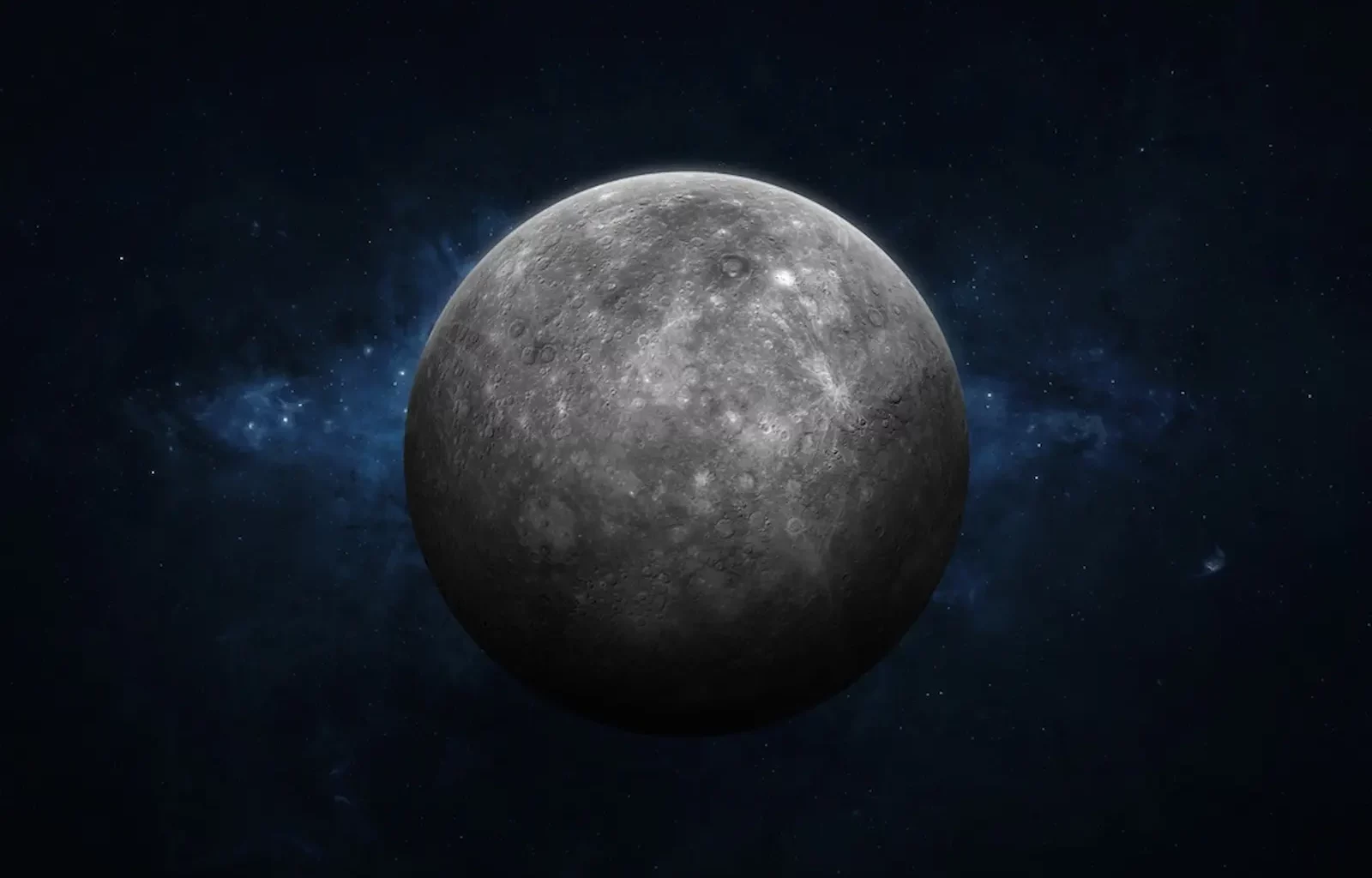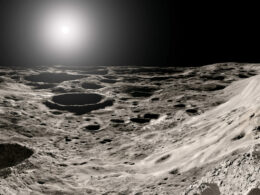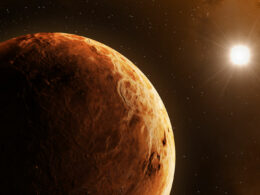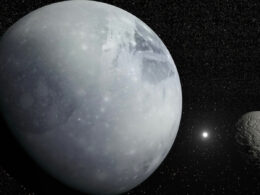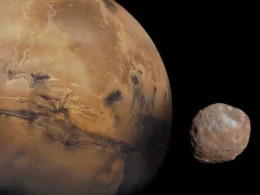Mercury, the smallest planet in our solar system, is known for its extreme temperatures and lack of atmosphere. But how many moons does it have? The answer is none. Mercury is the only planet in our solar system without any natural satellites orbiting it.
Scientists have long been puzzled by the absence of moons around Mercury. One theory is that the planet’s proximity to the sun makes it difficult for it to hold onto any moons that may have formed. Another theory is that any moons that did form were destroyed by the intense heat and radiation from the sun. Regardless of the reason, the fact remains that Mercury is a moonless planet.
Despite the lack of moons, Mercury is still a fascinating planet to study. Its proximity to the sun and lack of atmosphere make it a unique laboratory for studying the effects of solar wind and radiation on a planetary surface. Scientists continue to study Mercury and gather data to better understand this enigmatic planet and its place in our solar system.
Historical Beliefs
For centuries, astronomers believed that Mercury had no moons. This was partly due to the planet’s proximity to the Sun, which made it difficult to observe. It wasn’t until the Mariner 10 spacecraft flew by Mercury in 1974 that scientists were able to confirm that the planet had no moons.
Planetary Characteristics
Orbital Dynamics
Mercury is the innermost planet of our solar system and orbits around the sun once every 88 Earth days. It has a highly elliptical orbit, which means that its distance from the sun varies significantly during its orbit. The closest distance to the sun is about 46 million km, while the farthest distance is about 70 million km.
Mercury’s orbit is also unique because it has a 3:2 spin-orbit resonance. This means that it rotates on its axis three times for every two revolutions around the sun. As a result, a day on Mercury lasts 176 Earth days, while a year lasts only 88 Earth days.
Physical Properties
Mercury is a small planet, with a radius of only 2,439.7 km, making it slightly larger than Earth’s moon. It has a heavily cratered surface, similar to the moon, due to the lack of an atmosphere to protect it from meteoroids. Its largest crater, Caloris Basin, has a diameter of 1,550 km and is one of the largest impact basins in the solar system.
Mercury’s surface is also unique because it has a high iron content, which is believed to be due to its formation process. Scientists believe that Mercury’s metallic core makes up about 60% of its mass, which is much higher than any other planet in the solar system. This metallic core also generates a weak magnetic field, which is about 1% as strong as Earth’s magnetic field.
Mercury’s equator is only about 11 km shorter than its polar radius, making it the most “squashed” planet in the solar system. Its rotation is also unique because it has a slow rotation rate, taking 59 Earth days to complete one rotation.
Comparative Analysis
Mercury and Earth’s Moon
Mercury is the smallest planet in the solar system and is also the closest planet to the Sun. In contrast, Earth’s Moon is the fifth-largest moon in the solar system and is the largest relative to its host planet. The Moon is also the only natural satellite of Earth.
Mercury and the Moon have a few similarities. Both have a rocky surface, and they are both airless. However, the Moon has a much more significant impact cratering record than Mercury. The Moon’s surface is also more heavily cratered than Mercury’s surface.
Mercury and Other Planets
Mercury is one of the four terrestrial planets in the solar system. The other three terrestrial planets are Venus, Earth, and Mars. Mercury is the smallest of the four, with a mass of 3.3 x 10^23 kg.
Jupiter and Saturn are the two largest planets in the solar system. Jupiter has 67 officially named moons, while Saturn has 62. In contrast, Mercury has no moons.
Mercury’s proximity to the Sun is one of the reasons why it has no moons. The gravitational pull of the Sun is strong enough to prevent any moon from forming around Mercury. The same is true for Venus.
In summary, Mercury is unique in the solar system as the only terrestrial planet without a moon. Its small size and proximity to the Sun make it impossible for any moon to form around it.
Exploration and Observation
Space Missions
Mercury, the smallest planet in our solar system, has been the subject of several space missions and astronomical studies that have helped scientists learn more about this rocky planet. The Mariner 10 spacecraft was launched in 1973 and was the first spacecraft to visit Mercury. It completed three flybys of the planet and provided the first close-up images of Mercury’s surface. The spacecraft helped scientists understand more about Mercury’s geology, magnetic field, and atmosphere.
More recently, the MESSENGER spacecraft, launched by NASA in 2004, was the first spacecraft to orbit Mercury. It completed several flybys before entering orbit around the planet in 2011. The spacecraft provided detailed images of Mercury’s surface, allowing scientists to study the planet’s geology and composition. MESSENGER also studied Mercury’s magnetic field and the planet’s interaction with solar winds and ultraviolet radiation.
Astronomical Studies
In addition to space missions, astronomers have also studied Mercury using ground-based telescopes. These studies have provided valuable information about the planet’s surface features, such as craters and mountains, as well as its composition. Astronomers have also used telescopes to study Mercury’s atmosphere and its interaction with the solar wind.
Overall, the combination of space missions and astronomical studies has helped scientists learn more about Mercury and its place in our solar system. By studying Mercury, scientists hope to gain a better understanding of how rocky planets form and evolve over time.
Frequently Asked Questions
Are there any rings around Mercury?
Mercury is the smallest planet in our solar system and does not have any rings.

